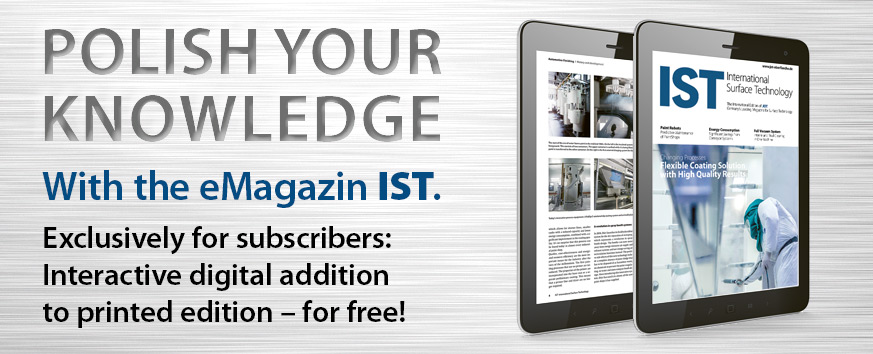Virtual Reality (VR) is not science fiction, but can generate concrete benefits for the painting process. In the course of decades of progressive automation, painting robots have almost become the standard in the automotive and Tier 1 supplier industries. But even for contract painters and other companies in general industry, investments in painting robots are no longer utopian due to attractive market prices. What makes many operators hesitate, however, is the question of qualified personnel for programming and commissioning the robots. This is where virtual reality comes into its own, where a professionally trained painter can virtually paint a part. At a Scandinavian manufacturer of tractor chassis, the programming times for a painting program could be reduced from 40 to 14 hours compared to offline programming. In addition, the cycle time could be reduced from 13.5 to 12.5 minutes with the new program.
Autor(en): Ke




